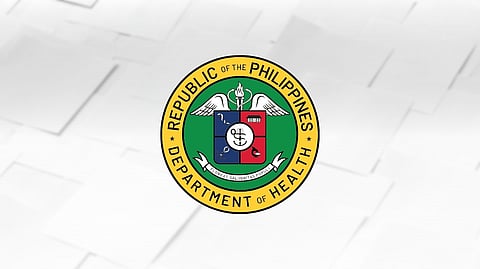
- NEWS
- the EDIT
- COMMENTARY
- BUSINESS
- LIFE
- SHOW
- ACTION
- GLOBAL GOALS
- SNAPS
- DYARYO TIRADA
- MORE

The Department of Health (DoH) is facing mounting scrutiny after admitting that 400 government-built health centers remain idle despite the release of P400 billion under its Health Facilities Enhancement Program (HFEP) in the past decade.
The HFEP was designed to improve public health facilities by constructing, upgrading, and rehabilitating barangay health stations, rural health units, urban health centers, and local government unit (LGU) hospitals.
It also provides equipment to these facilities. However, the program does not cover staffing, which is the responsibility of LGUs.
Barangay health stations and rural or urban health units primarily serve outpatients, while LGU hospitals provide essential public healthcare services, including medical, surgical, and allied health care.
During the budget deliberations at the House of Representatives, Akbayan Partylist Rep. Chel Diokno questioned why only 200 of the 600 constructed facilities were operational.
He cited Health Secretary Teodoro Herbosa’s earlier comment likening the HFEP to “flood control” projects often flagged for their inefficiency.
“Is this the reason why Secretary Herbosa considered the HFEP the Department of Health’s version of flood control?” Diokno asked.
Bataan 2nd District Rep. Albert Garcia, who sponsored the DoH budget, denied that the health centers were “ghost projects.”
“These are not ghost projects. The facilities exist, but they are not functioning because there are not enough healthcare professionals to run them. They are there, waiting to be activated,” Garcia said.
Asked what steps had been taken, Garcia highlighted the establishment of 55 Bagong Urgent Care and Ambulatory Service (BUCAS) centers nationwide. Diokno, however, lamented the slow pace of reform, noting that a performance audit report highlighting the issue has been on record for seven years.
Garcia admitted that implementation challenges persisted. He said that while the DoH drafts catch-up plans annually, local government units often lack the funds to hire doctors, nurses, and other staff required to run the completed facilities.
Meanwhile, Herbosa himself became the subject of the questioning after Diokno urged him to lead by example and release his Statement of Assets, Liabilities, and Net Worth (SALN).
“The secretary is willing to release it, as long as personal information will not be included,” Garcia said on Herbosa’s behalf.
The health chief also expressed willingness to undergo a lifestyle check, in line with President Ferdinand Marcos Jr.’s call for transparency in all government offices. The DoH pointed out it had an Integrity Management Committee working with the Office of the Ombudsman to monitor possible corruption and ill-gotten wealth.
Under Republic Act 6713, the Code of Conduct and Ethical Standards for Public Officials and Employees, government officials are required to live modestly in line with their lawful income.
The DoH maintained its commitment to good governance but conceded that both transparency reforms and infrastructure utilization remain pressing challenges.
